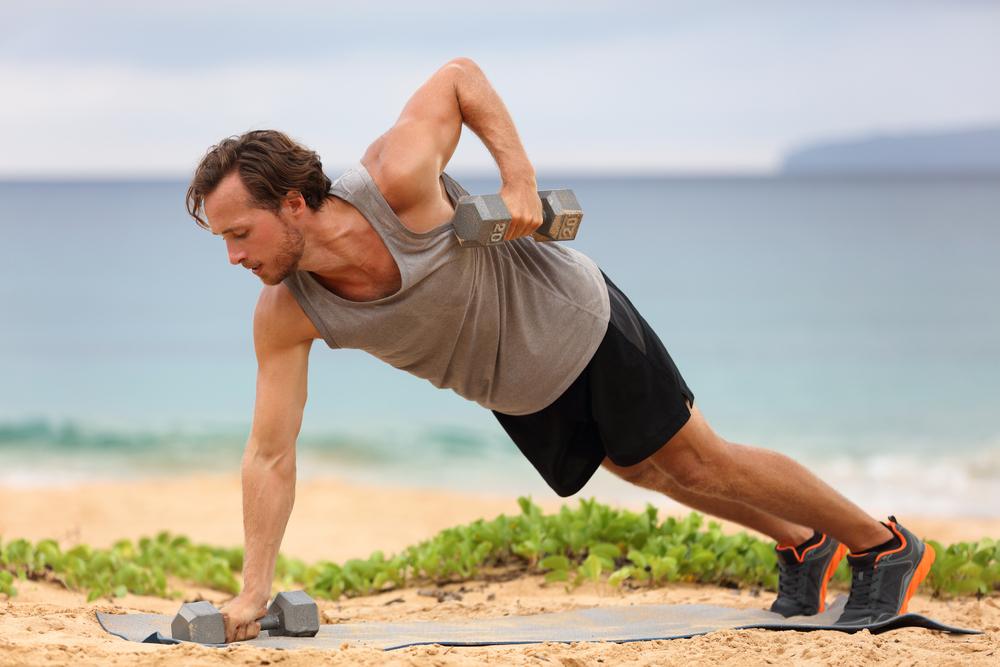Living with Type 1 Diabetes comes with a lot of complexities. It's a disease that has the potential to negatively impact almost every organ in our body, including the eyes, kidneys, gastrointestinal tract, gums, teeth and heart. It can also increase the potential for blood vessel and nerve damage, leading to poor circulation and vein complications. Compression socks can help manage some of the ill effects of the disorder.
Anatomy of type 1 diabetes
With type 1 diabetes, our bodies no longer release insulin. Insulin breaks down the sugar (or, more specifically, the glucose) in the food we eat and stores it for future use. It also helps keep our blood sugar levels from spiking too high or dipping too low.
Complications from type 1 diabetes occur when the level of glucose in the blood increases too much. The increase is referred to as ‘hyperglycaemia,’ managed by injecting insulin into the body.
However, if the body doesn't receive insulin, then the glucose you consume ends up floating around in your blood vessels until eventually being absorbed by the kidneys. This is why type 1 diabetes is often associated with excessive urination. The kidney can handle some glucose, but without assistance, it can quickly become overwhelmed.
The effects of glucose
Glucose, the life and energy source of our cells, is also terribly corrosive. Unabsorbed glucose forms complexes with our blood vessels, causing the tissue to break down and altering its structure and function.
When blood vessels are damaged, vein complications can arise. Due to gravity, complications generally occur in the legs or lower part of the body. Our veins are responsible for circulating blood back up towards the heart. However, if the veins become damaged, blood begins to pool, leading to Chronic Venous Insufficiency (CVI). Varicose veins are the most common symptom of CVI.
Another result of damaged blood vessels is Peripheral Edema - the retention of fluid in leg tissues and cells. Peripheral edema can cause issues with the venous circulation system, the lymphatic system, or the kidneys.
How can compression help type 1 diabetes?
Compression can help manage the symptoms of CVI and peripheral edema resulting from type 1 diabetes. Garments like compression socks and stockings help improve lower limb circulation by applying pressure from the ankle upwards. Graduated compression is highly efficient in handling poor circulation and relieving discomfort.
Compression can help blood in the veins return to the heart by squeezing the leg tissues and walls of the veins. It can also improve the flow of the fluid (called lymph), which your body stores in cells in the legs. Improving the flow of lymph can help reduce tissue swelling.
What kind of compression do you need for type 1 diabetes?
Compression levels are measured in mmHg, and they include:
- 18-21 mmHg (Class 1 Moderate Compression)
- 23-32 mmHg (Class 2 Firm Compression)
- 34-46 mmHg (Class 3 Extra Firm Compression)
Generally, clinicians advise class 1 for diabetes.
Guidelines for the compression level and length of use vary among countries and regions. Bauerfeind adheres to German standards.
VenoTrain Micro Class 1 Compression Stockings
Are there any risks associated with compression socks?
Compression socks are generally safe to wear for people with type 1 diabetes. However, you should always make sure that the socks are made of quality materials, are class 1 compression (unless otherwise specified by your doctor), and fit you right.
Socks that are too compressive for your condition, have poor material quality or aren’t the right fit can cause skin irritation and may even negatively impact blood flow.
To sum up
Type 1 Diabetes often leads to poor circulation, which can turn into CVI and peripheral edema. While compression won’t break down glucose (like insulin does), it will help improve your circulation, thus relieving related cramping, muscle fatigue, and pain and reducing your risk of developing venous disorders.
More information
If you require assistance selecting the right product for your needs or wearing the brace, call us on 098015660 or contact us via live chat.
Do you have private health? Most private health extras will cover Bauerfeind Products. Check to see if yours is included. Bauerfeind Private Health Insurance Inquiry.
Bauerfeind was founded in 1929, and since then, we've worked tirelessly to develop and improve our extensive range of braces, insoles, and compression products. Our mission is to provide you with top-of-the-line supports so you can reach your fitness goals or live life without pain holding you back.
Every product is produced entirely in our facilities in Germany with the guidance of doctors, clinics, and orthopaedic technicians.

















